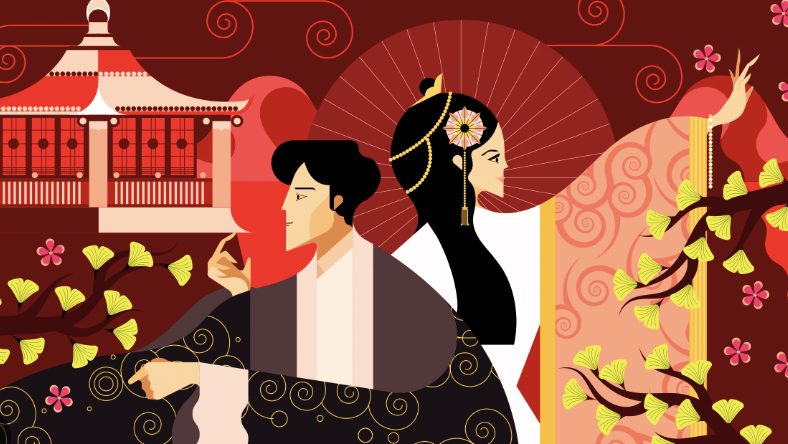Learning a new language is an exciting endeavor, and for those who are studying Chinese, there is a unique opportunity to engage with the language in a truly creative way. By experimenting with creating new Chinese characters, learners can not only have fun but also deepen their understanding of the language’s rich cultural history.
It’s important to remember that all Chinese characters were created by people, and not just any people, but the nobles and scholars of ancient China. They would combine various components to create new characters, often imbuing them with deep symbolic meaning. These characters were not just a means of communication, but also a form of artistic expression.
So why not follow in their footsteps and create some new characters yourself? It’s a way of engaging with the language in a way that is both fun and intellectually stimulating. By piecing together different components, you can create characters that express new meanings or ideas that do not currently exist in the language.

This kind of experimentation can also help learners to better understand the building blocks of the language. By breaking down existing characters into their components and rearranging them in new ways, learners can gain a deeper understanding of how the language works and how different characters are related to one another.
Of course, creating new characters is not just about having fun and gaining a deeper understanding of the language. There is also the possibility that some of the characters you create could catch on and become part of the language in the future. This has happened before in Chinese history, with new characters being created to represent new concepts or ideas.
For example, in 1949, the Chinese government created simplified characters to improve literacy rates across the country. These simplified characters are now widely used in China and have become an integral part of the language.
Who knows what kind of characters could be created in the future? Perhaps there will be a need for new characters to represent concepts that do not currently exist in the language, or maybe there will be a desire to make the language more efficient or expressive. By experimenting with creating new characters now, learners can be part of shaping the language of the future.

In conclusion, experimenting with creating new Chinese characters is a fun and creative way to engage with the language. By following in the footsteps of ancient Chinese nobles and scholars, learners can gain a deeper understanding of the language’s cultural history and the building blocks of the characters. And who knows? Perhaps some of the characters created today will become part of the language of the future.
